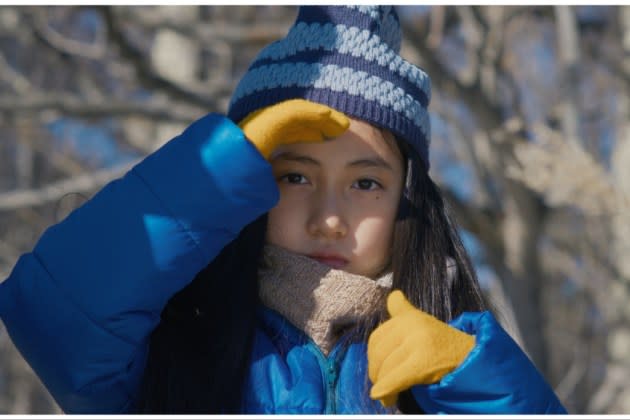‘Drive My Car’ Director Hamaguchi Ryusuke on the Evolution of ‘Evil Does Not Exist’: ‘I Worked With a Different Mindset’

In 2021, Hamaguchi Ryusuke won truckloads of awards and nearly universal critical acclaim for his three-hour drama “Drive My Car,” including three prizes at Cannes and a best picture Academy Award nomination, the first ever for a Japanese film. (That Oscar went elsewhere, but “Drive My Car” was named best international feature film.)
Instead of trying to top this triumph with a bigger budget and more internationally known names in the cast, Hamaguchi has returned to his indie roots with “Evil Does Not Exist,” which premieres in competition at this year’s Venice Film Festival.
More from Variety
Hamaguchi Ryusuki's 'Gift' to Unspool in Hong Kong as One-Off Live Performance
Festival of Young Cinema in Macau Wraps With International Dialog and Work in Progress Prizes
The film began life as a collaboration with singer-songwriter Ishibashi Eiko, who scored “Drive My Car,” to provide a visual backdrop for her live performances. But instead of a music video, Hamaguchi made a 106-minute film with a slow-burn story about two representatives of a Tokyo talent agency trying to sell skeptical locals on a glamping site for city dwellers looking to camp in their unspoiled mountains.
Hamaguchi has also completed another film, “Gift,” with similar visuals but no dialogue that will premiere at Film Fest Ghent in Belgium in October and accompany Ishibashi at her concerts.
Speaking with Variety in Tokyo just prior to his departure for Venice, Hamaguchi says that after signing off on the project he came to the conclusion that “I couldn’t shoot something like a music video unless I first directed it as a narrative film, as I usually do. … We also decided to make a concert film from the footage of the narrative film.”
This unusual gestation (“I worked with a different mindset than usual,” says Hamaguchi) came from his conviction that he needed scripted dialogue “to make the actors come alive.”
“If the film didn’t properly express their vitality, Ishibashi’s music would not as wonderful as it could be,” he explains.
The title, he says, came to him when he was in the mountains of Nagano Prefecture, north of Tokyo, scouting locations. “Those words occurred to me naturally and spontaneously as I was looking at the nature around me,” he says. “I wasn’t thinking about what sort of reaction they would provoke from the audience. I guess I gave the film a title like you would to a piece of music.”
Nonetheless, the title reflects the story in which the two reps — a man and woman with little knowledge of the project they are supposed to be promoting — are quickly and bluntly shown up by the locals, who want to protect their land and lives from destructive development. This confrontation, however, is not framed as simplistic battle between good and evil.
“They come from the city so I saw them as probably being closer to the audience (than the locals),” says Hamaguchi. “I’m also not a native of the area where I was shooting — I live near Tokyo. So I wanted to create a structure in which we can understand more about (the reps) and the reasons for their behavior. I wanted them to have a rounded presence.”
The story is loosely based on a real-life incident involving a modeling agency that Hamaguchi heard about while doing interviews in Nagano. “They were trying to build a facility in the countryside, but because the planning was so sloppy, they got slaughtered at the briefing session,” he says. “I thought it was a very contemporary story with similarities to a lot of problems in today’s world.”
Also, the locals are not the usual rural types found in Japanese films, with their rigidly conservative attitudes and deep ancestral roots in the land. “They live in a relatively new area with a lot less history than some of the mountainous areas of Japan,” Hamaguchi explains.
The film was shot in such an area, he adds: “It’s only a two-hour drive from Tokyo, so it’s easy for young people to live there and there’s a climate that accepts such people. So we tried to reflect the actual feeling of the land.”
Even so, the film exudes an air of mystery and, underlined by Ishibashi’s pulsing score, undefined menace. Neither are neatly explained by the credit crawl. “It is not the type of film in which the audience asks questions and the filmmaker responds to them,” says Hamaguchi. “But I hope the questions will stay with the audience for a long time.”
Best of Variety
Sign up for Variety’s Newsletter. For the latest news, follow us on Facebook, Twitter, and Instagram.

